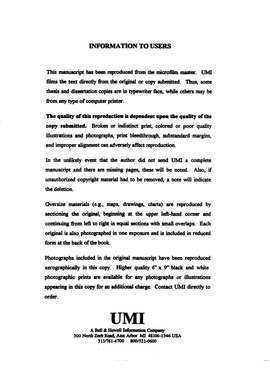| dc.description.abstract | Preliminary testing of a dihydroxyguinoline derivative, 3-amino-6,7-dihydroxy-1,2,3,4-tetrahydroquinoline (6,7-ADTQ), showed substantial serotonergic depletion in mouse whole brain, but with only moderate selectivity. This preliminary finding warranted further examination of this type of novel neurotoxin. Thus, we synthesized two additional derivatives, 3-aminomethyl-6,7-dihydroxy-1,2,3,4-tetrahydroquinoline (6,7-AMDTQ) and 3-amino-6,8-dihydroxy-1,2,3,4-tetrahydroquinoline (6,8-ADTQ). We then investigated these neurotoxins in an attempt to establish a relationship between the physical and/or chemical nature of these toxins and their neurodegenerative abilities. The importance of chirality in this class of neurotoxins was also investigated. The extent of neuronal destruction afforded by these toxins was measured as their ability to elicit long-term depletion of endogenous transmitters. Two of the three agents elicited 5-HT depletions equal to or greater than that attainable using generally accepted 5-HT neurotoxins. From initial depletion studies, we found no advantage in employing enantiomers over that of the racemic agent. The uptake blockade interaction of the toxic agents with NE, DA, and 5-HT transport sites appears to be competitive in nature, with K$\rm\sb{i}$ values ranging from 14 to 280 $\mu$M and an apparent facilitation of uptake for NE and DA with 6,8-ADTQ. Investigation of autoxidation showed that oxidation rates of 6,7-analogs were rapid and increased in the presence of metal ions, while the 6,8-analog showed an overall slower rate and no significant rate change upon addition of metal ions. Examination of reactive O$\sb2$ species produced during autoxidation showed the majority of O$\sb2$ consumed during oxidation led to the production of H$\rm\sb2O\sb2.$ This $\rm H\sb2O\sb2$ generally decreased with an increase in metal ion concentration, presumably as a result of $\cdot$OH production via Fenton mechanisms. Pathways leading to the production of $\rm{\cdot}O\sb2\sp-$ appeared to be negligible. Mitochondrial oxidative phosphorylation effects indicate primarily an uncoupling of oxidative phosphorylation by these agents. | en_US |
